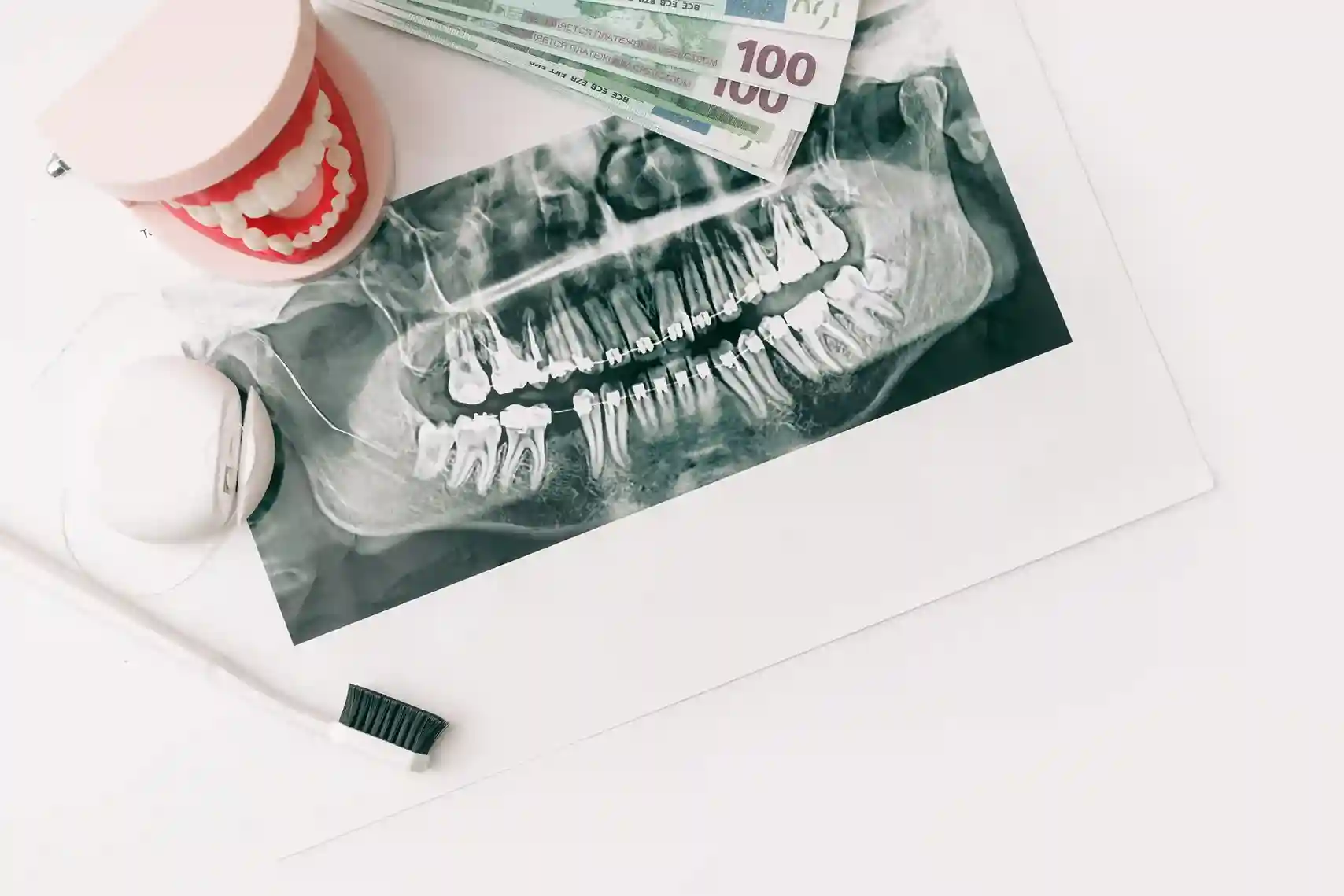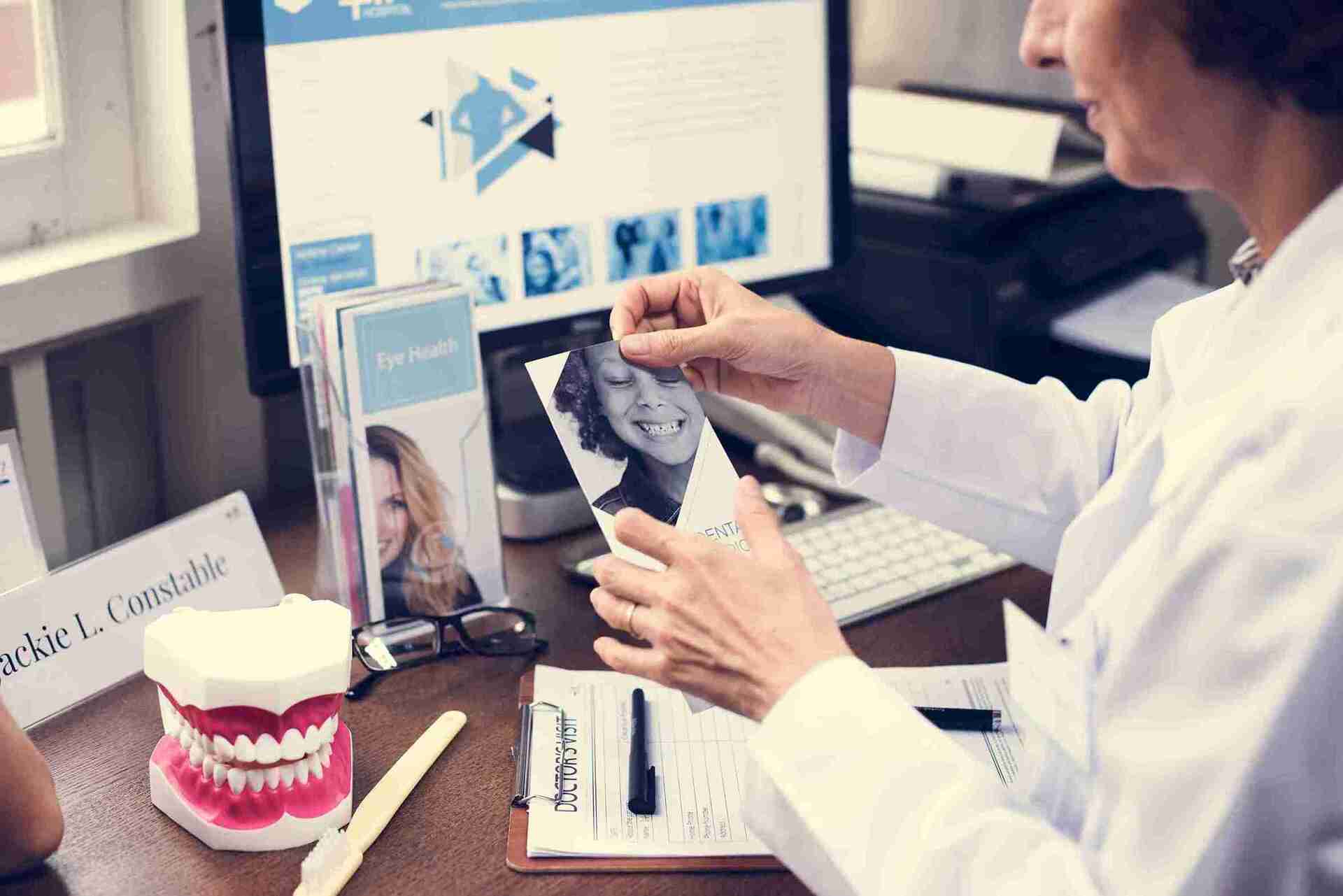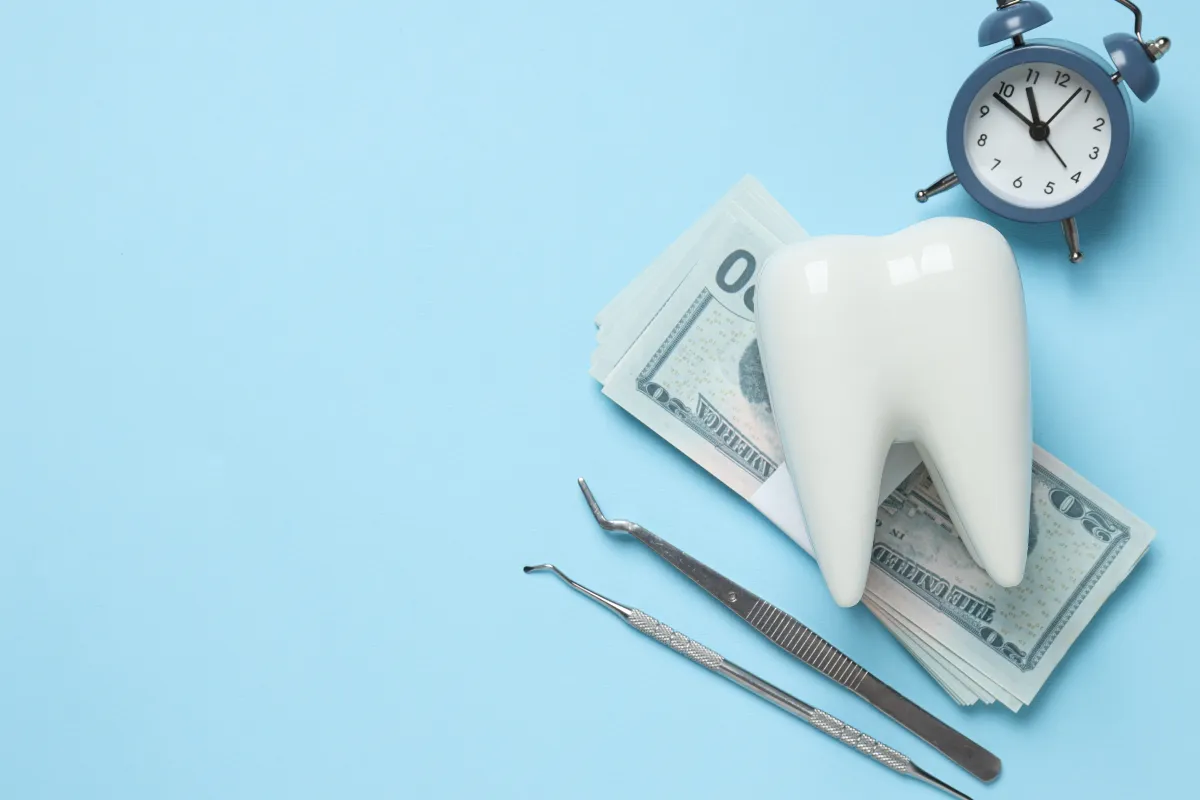When you're handling dental billing day in and day out, small details like the right codes for X-rays can add up to real money saved or lost.
Take D0220: Тhat's the code for the first periapical X-ray image, often used to get a close look at a specific tooth or area.
Then there's D0210, which covers a full mouth series of X-rays, giving dentists a complete picture of what's going on inside. And D0230 steps in for any additional periapical shots beyond that first one.
With so many CDT codes and tiny details to keep up with, it’s easy to see why dental billing can feel overwhelming for busy dental teams.
At Wisdom, we've seen how mastering CDT codes like D0220 dental code, along with proper descriptions and guidelines, keeps practices from leaving cash on the table.
Let’s look at what each code means and how to use them the right way.
What is the difference between D0210, D0220 and D0230?
The dental codes D0210, D0220, and D0230 each refer to specific X-ray procedures, and knowing their differences can help dental practices bill accurately and avoid claim denials.
- D0210: Covers a full mouth series of intraoral radiographic images, typically including 14 to 22 individual X-rays (a combination of bitewings and periapicals) to show all teeth, roots, and surrounding bone.
- D0220: Refers to the first periapical X-ray, which zooms in on one or two teeth to check for issues like decay, root problems, or bone loss. It’s targeted and specific.
- D0230: Applies to each additional periapical X-ray taken in the same session as D0220. For example, if a dentist needs images of multiple teeth beyond the first, this code covers those extra shots.
How to Bill D0210, D0220, and D0230 Correctly to Avoid Claim Denials
Use D0210 for Complete Exams Only
D0210 covers a full mouth radiographic exam, including all necessary X-rays (bitewings and periapicals) to show every tooth and the surrounding bone.
Only bill this when a full set is taken, typically 14-22 images during an initial exam or major treatment planning.
Do not bill D0220 or D0230 on the same visit as a D0210, because the periapical X-rays are already included in the full mouth series.
For more tips on accuracy and compliance, review our article on how dental billing errors impact collections.
Apply D0220 for the First Periapical X-ray
D0220 is the dental procedure code for the first periapical X-ray in a session.
It’s used to capture a focused image of one or two teeth for issues like decay, fractures, or root problems. If only one image is taken, bill D0220 alone.
Use D0230 for Additional Periapical Images
D0230 is used for each extra periapical image taken after the first D0220 during the same visit.
For example, if three teeth need imaging, bill D0220 for the first, and D0230 twice for the others. Tooth numbers and diagnostic reasons must be clearly noted.
Efficient coding here is essential for faster claims. See our tips to accelerate dental claims processing.
Common Billing Mistakes to Avoid
- Mixing Codes Incorrectly: Don’t bill D0210 with D0220 or D0230 unless fully justified. Insurers often deny or bundle them.
- Missing Documentation: Always include tooth numbers, clinical findings, and reasons for each X-ray.
- Frequency Limits: Many payers only allow D0210 once every 3–5 years. Overuse can trigger denials or audits.
- Upcoding or Undercoding: Use D0220 for the first image only. Extra images must be billed as D0230.
What Is a Periapical X-ray?
A periapical X-ray shows the entire tooth, from crown to root, along with the surrounding bone. It’s used to diagnose issues like abscesses, fractures, bone loss, or problems at the root tip.
Dentists order it when they need a close-up of a specific area, not the whole mouth. This type of image is what codes D0220 and D0230 are used to bill.
What Is a Full Mouth X-ray?
A full mouth X-ray, billed under D0210, is a series of intraoral images that capture all teeth and surrounding bone structures.
It typically includes 14 to 22 individual X-rays, combining bitewings and periapicals. Dentists use it for comprehensive diagnostics, usually during new patient exams or major treatment planning.
Do Frequency Limits Apply to X-rays?
Short answer, yes. Most insurance plans limit how often X-rays can be billed. D0210 (full mouth series) is typically allowed once every 3 to 5 years.
D0220 and D0230 (periapical X-rays) may have annual or per-visit limits depending on the payer. Always check the patient’s benefits before billing to avoid denials or write-offs.
Did the ADA Change the D0210 Code?
Yes, in 2023 the ADA revised code D0210. It was previously defined as “a complete series of radiographic images” with a specific number of X-rays (14-22) required.
The update changed it to “a comprehensive series of radiographic images,” describing it as “a radiographic survey of the whole mouth” without specifying an exact number of images.
This allows dentists to use their professional judgment to determine the number and types of images needed for each patient, improving diagnostic flexibility and reducing unnecessary radiation exposure.
Staying updated on CDT changes like this is essential for accurate dental billing and compliance - especially as covered in our complete guide to how dental billing works.
What Should I Remember When Billing X-rays?
- Match the Code to the Image Type: Use D0210 for full mouth series, D0220 for the first periapical, and D0230 for each additional periapical taken the same day.
- Don’t Stack Incompatible Codes: Avoid billing D0210 with D0220 or D0230 unless clearly documented and justified.
- Check Frequency Limits First: Always confirm how often the patient’s plan allows each type of X-ray.
- Document Clearly: Include tooth numbers, clinical reasons, and image types in the chart and claim.
- Use Updated CDT Definitions: Make sure you're using the current ADA code descriptions to avoid denials.
Can You Bill X-rays Separately from Exams?
X-rays are typically part of the exam process because an exam is needed to determine what X-rays are required and to use them for diagnosis and treatment planning.
In most cases, the X-ray and exam are considered part of the same visit and should be billed according to the payer’s rules.
To bill separately, the X-ray must be medically necessary and clearly documented. Always check the payer’s bundling rules before submitting the claim.
Why Correct X-ray Coding Matters for Your Revenue
Mastering dental codes like D0210, D0220, and D0230 isn’t just about compliance. It directly impacts your revenue and how quickly claims get paid.
At Wisdom, we help dental teams catch coding errors before they turn into denied claims or lost income. If you're tired of delays and missed reimbursements, it starts with getting the codes right.




